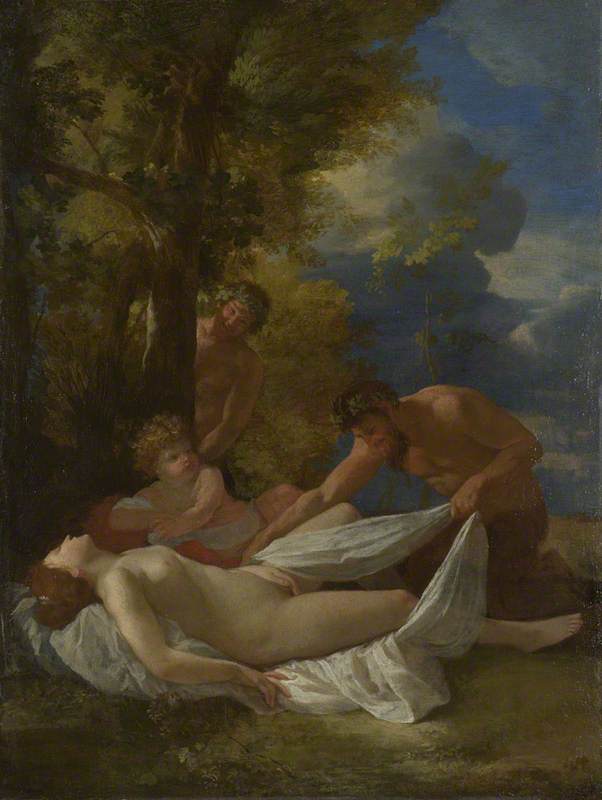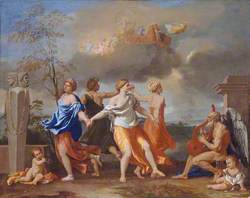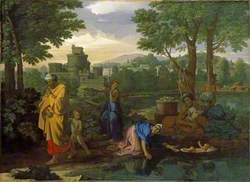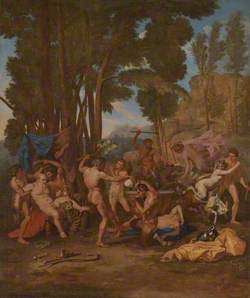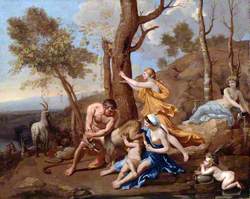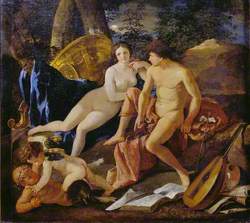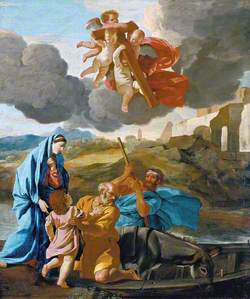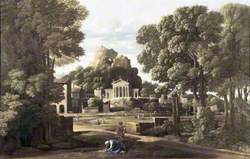How you can use this image
This image can be used for non-commercial research or private study purposes, and other UK exceptions to copyright permitted to users based in the United Kingdom under the Copyright, Designs and Patents Act 1988, as amended and revised. Any other type of use will need to be cleared with the rights holder(s).
Review the copyright credit lines that are located underneath the image, as these indicate who manages the copyright (©) within the artwork, and the photographic rights within the image.
The collection that owns the artwork may have more information on their own website about permitted uses and image licensing options.
Review our guidance pages which explain how you can reuse images, how to credit an image and how to find images in the public domain or with a Creative Commons licence available.
Buy a print or image licence
You can purchase this reproduction
If you have any products in your basket we recommend that you complete your purchase from Art UK before you leave our site to avoid losing your purchases.
Notes
Add or edit a note on this artwork that only you can see. You can find notes again by going to the ‘Notes’ section of your account.
A beautiful nymph lying in the foreground seems to be asleep, although she may be enjoying a moment of solitary ecstasy. Beside her a golden-haired child watches as a satyr -- a man with a goat's ears, horns and legs -- gently removes her delicate white robe. Another satyr peeps out from behind a tree, smiling mischievously. In ancient Roman art, satyrs are represented as lustful, drunken woodland gods.The woman’s pale skin, soft curves and rosy cheeks contrast with the satyrs' tanned skins and muscular bodies. In the past it was suggested that the painting showed Jupiter, king of the gods, and the nymph Antiope, or perhaps a satyr disturbing the sleeping Venus, goddess of love. However, the details of the painting do not exactly fit either interpretation.
Title
Nymph with Satyrs
Date
about 1627
Medium
Oil on canvas
Measurements
H 66.4 x W 50.3 cm
Accession number
NG91
Acquisition method
Holwell Carr Bequest, 1831
Work type
Painting
